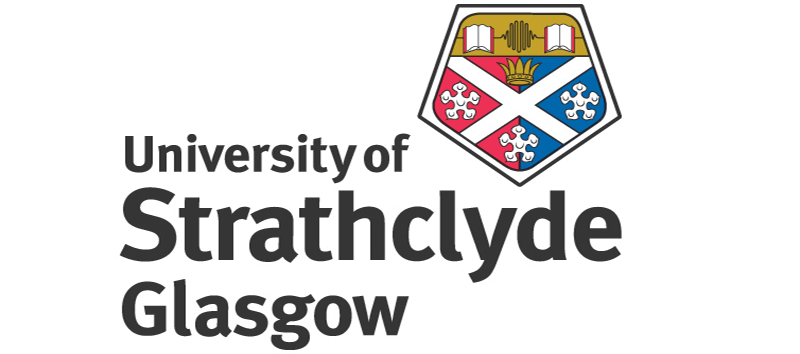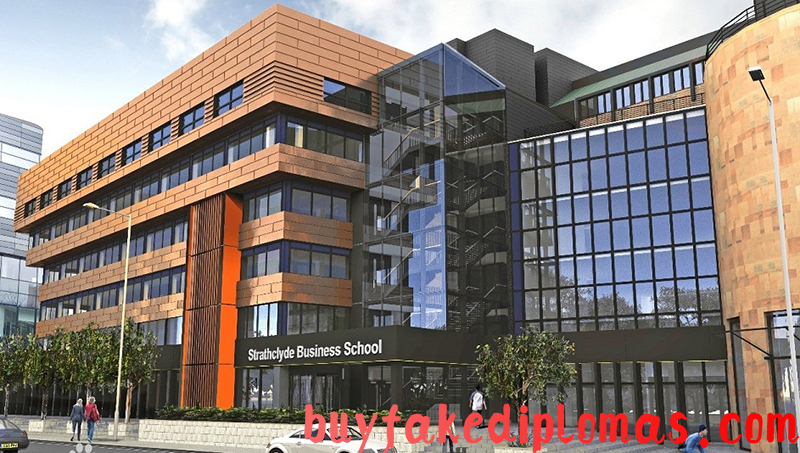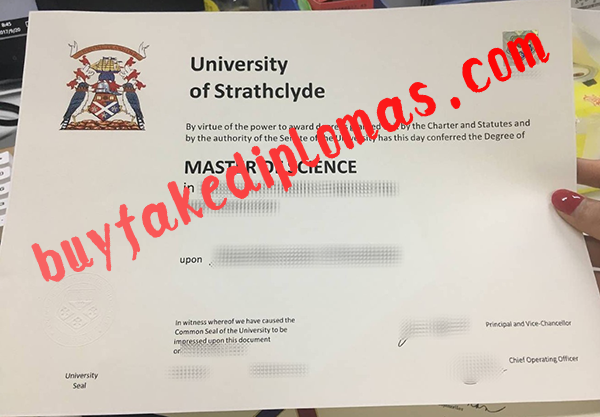
The University of Strathclyde has its roots in Anderson College, which was founded in 1796. From the very beginning, under the influence of its founder, John Anderson, the school was committed to building a useful place of learning, buy fake University of Strathclyde Diploma, which greatly encouraged innovative ideas and approaches. This philosophy continues to this day, providing a strong support for research in the community and in the business community. In 1964, it became the third largest university in Scotland with 22,000 students, buy fake diploma, 8,500 of whom were postgraduate students. The University of Strathclyde has two campuses and five colleges. The John Anderson campus in the city centre is home to the School of Law, Arts and Social Sciences (LASS), the School of Engineering, the School of Science and the Strathclyde Business School (SBS). Jordanhill campus in Glasgow’s west End is home to the School of Education. Buy fake University of Strathclyde degree, buy fake University of Strathclyde transcript.
Its business school and engineering school scored perfect scores in almost every subject in the UK’s official assessment. Its School of Engineering is the largest and most complete engineering school in Scotland. Its business school and MBA courses are among the top 5 in the UK and among the global 100. The Marketing Department is the first department in the UK to specialize in marketing courses, and its human resource management courses are highly practical.
The University of Strathclyde offers a wide range of undergraduate and postgraduate programmes across its various academic departments and is recognised as the largest postgraduate education institution in the UK. In its most recent assessment of teaching quality, 92% of Strathclyde’s courses were rated “excellent” or “very satisfactory” — ahead of all other Scottish universities. The transformation of strategic and applied research into technology has also further strengthened Strathclyde’s reputation as a centre for quality and innovation. In addition, the university’s experts are expanding our capabilities into major areas of economic activity. The results of the 2001 Research Proficiency Assessment (RAE) show even more the strength of our research – more than 90% of faculty in 44 subject departments were awarded the top two grades of 4 and 5 for their research activities.

History of the University of Strathclyde
The history of the University of Strathclyde dates back to 1796. John Anderson, a professor at Glasgow University, was determined to create a university — “a place of useful learning” for all, regardless of gender or class, which was the first of its kind in Britain at the time. Anderson’s University was founded. The university grew significantly in the 19th century, and by the 1890s Anderson University had become a major comprehensive university in Britain with a strong reputation for both research and teaching.
Rapid expansion means more spending on hardware. The Glasgow government of the time launched a successful fundraising campaign. As a direct result, the Glasgow and West of Scotland Polytechnic Building was erected in 1910 on George Street (now the Royal College Building), the largest building in Europe for a polytechnic education. The school was renamed the Royal Technical College.
Over the next 50 years, the university maintained its excellent reputation for scientific education and research. Although it also offered numerous management courses, it remained firmly committed to the active development of science and engineering disciplines and was renowned for producing many outstanding scientists and leading figures in engineering science.
In the late 1950s and early 1960s, there were plans to broaden the school’s offerings, and the school merged with the Scottish Business School, which had a broad business curriculum and humanities subjects. The expanded Royal Institute of Technology was subsequently granted a Royal Commission in 1964 and subsequently became the University of Strathclyde.
In 1993, Jordanhill College of Education, Scotland’s number one and with many years of teaching experience, was merged into the university as its School of Education. Our School of Education also offers a variety of courses, such as language training, community arts, social work, sports and outdoor education.
Today, the University of Strathclyde has grown into the third largest university in Scotland, covering 500 acres with 67 buildings for teaching, research and student accommodation. The university has a total of 20,000 students in 5 schools: The Faculty of Humanities and Social Sciences, the Faculty of Education, the Faculty of Engineering, the Faculty of Science and the Faculty of Business. When distance learning, short courses and further vocational education are included, the University actually offers more than 50,000 students a year, making it the largest university in the UK for both postgraduate and part-time continuing education.

Facilities at the University of Strathclyde
Strathclyde University Library is divided into two parts. One part is called Anderson Library, which is located on the Anderson campus and has three affiliated libraries. The other section, called the Joodanhill Library, is located on the campus of the College of Education. The Anderson Library has a wide range of subjects, particularly natural sciences, Engineering, Technology, languages and literature, business studies and Management. There are 445,000 books and some rare editions of rare books and manuscripts. The computer network library information system is excellent and complete, and you can access the Internet to find all kinds of information. A number of government publications and documents are also included. The Dissertation database contains copies of advanced degree papers from several universities. The above books and materials are available for short-term loan.
The University also has an academic Practice Centre to help students improve their academic thinking and writing skills, as well as test taking skills

Location of the University of Strathclyde
Located in the central part of Scotland, Glasgow is half an hour’s drive from Edinburgh and only an hour’s drive from other major cities in Europe. It is the largest city in Scotland. Glasgow’s facilities are very modern, and it is famous for its new architecture, design and fine arts, unlike Edinburgh’s strong traditional colors. It is also one of the cultural centers of Scotland, where many traditional cultural events are held. Glasgow, Scotland’s “City of Sound”, is home to famous bands such as Deacon Blue, Simple Minds, Supernaturals and Belle & Seastian. In terms of life and entertainment, Glasgow has a range of cinemas, opera houses, resident singing and band bars for locals and tourists to choose from. Glasgow also has the largest shopping center outside London.
An important milestone in the development of the University of Strathclyde
1796 – Andersen Academy
1828 – Andersen University
1887 – Glasgow and West of Scotland Technical College
1912 – Royal College of Technology
1956 – Royal Institute of Technology
1964 – Merges with the Scottish Business School
1964 – University of Strathclyde
1993 – Merges with Mt. Zoton College of Education
